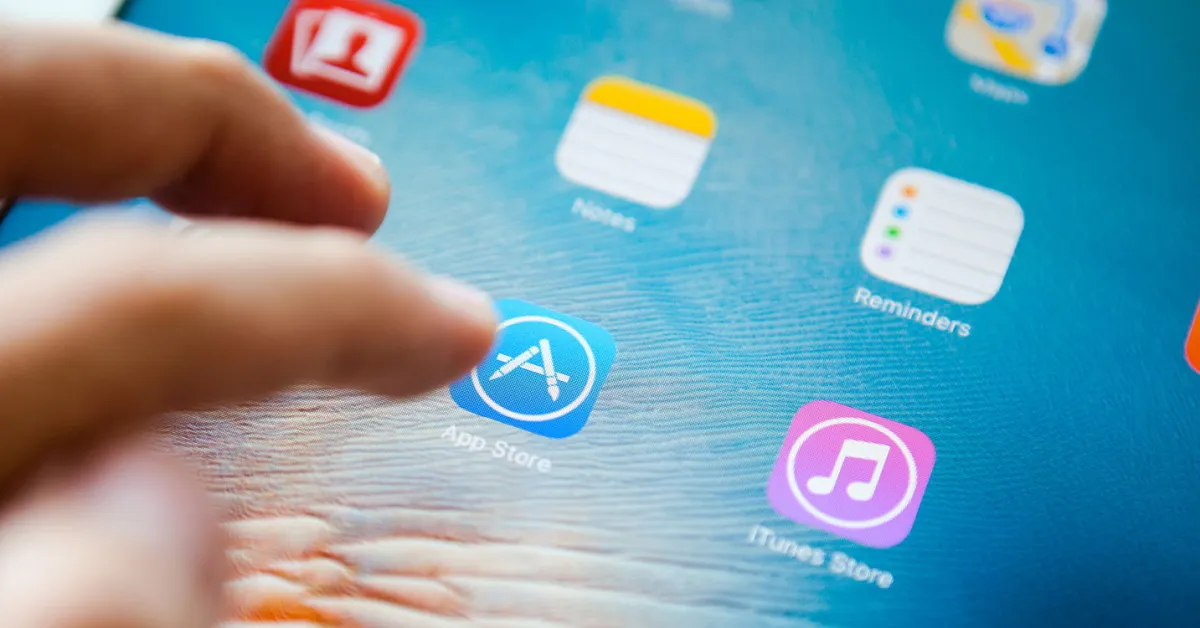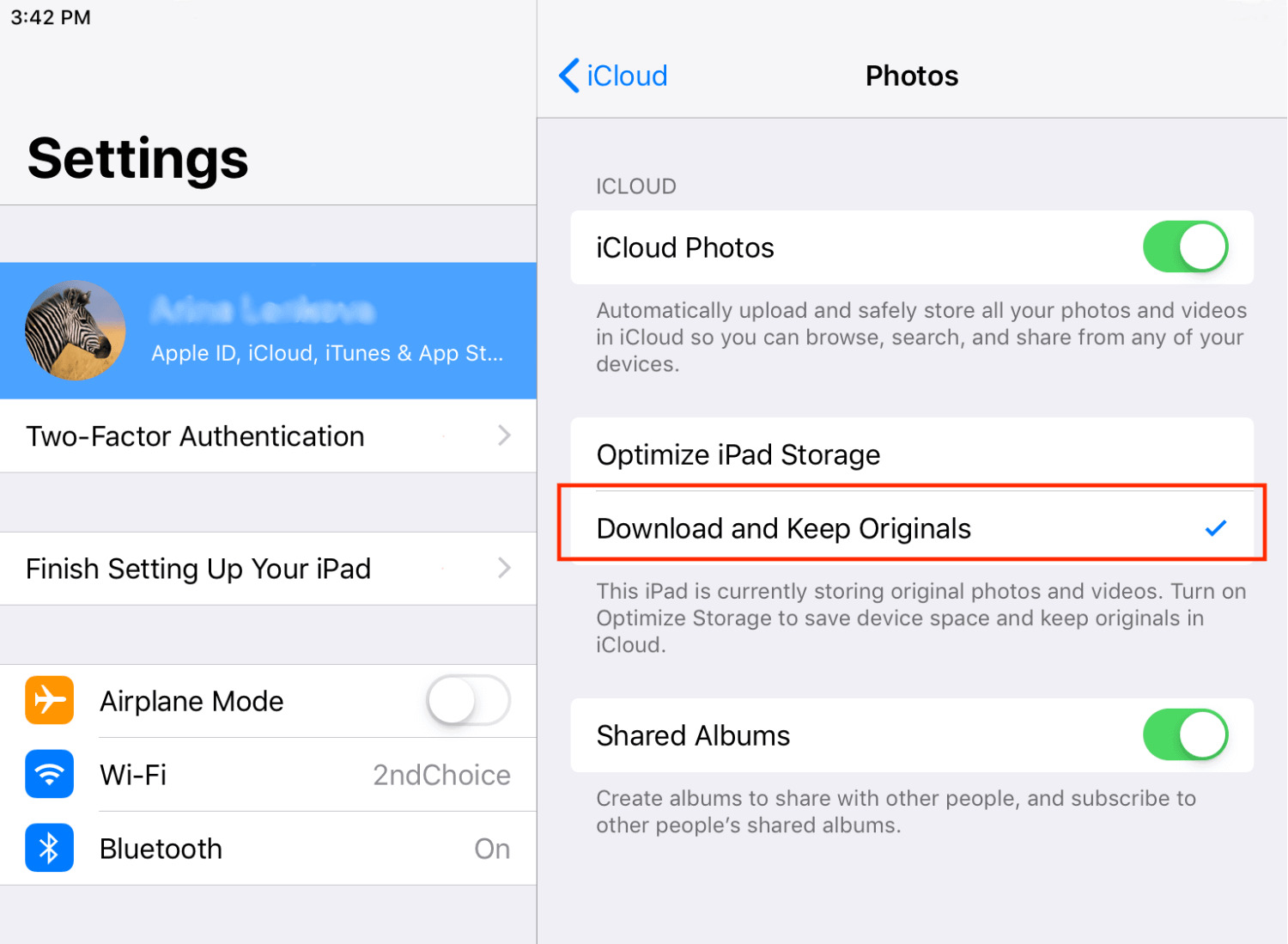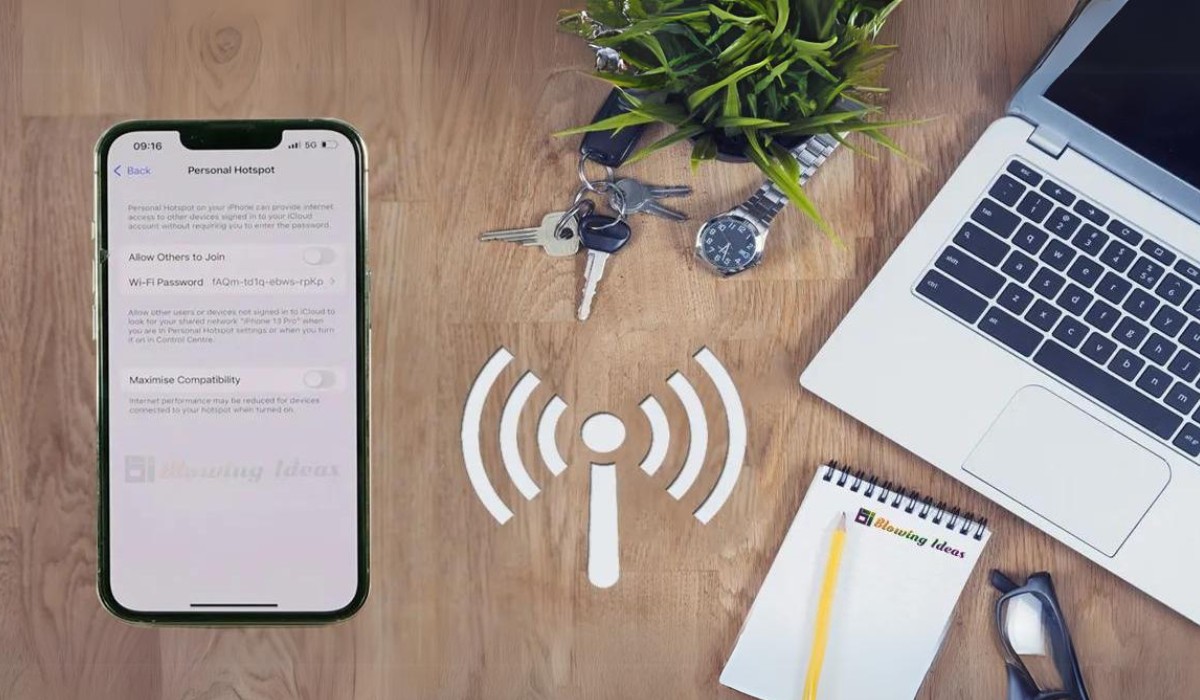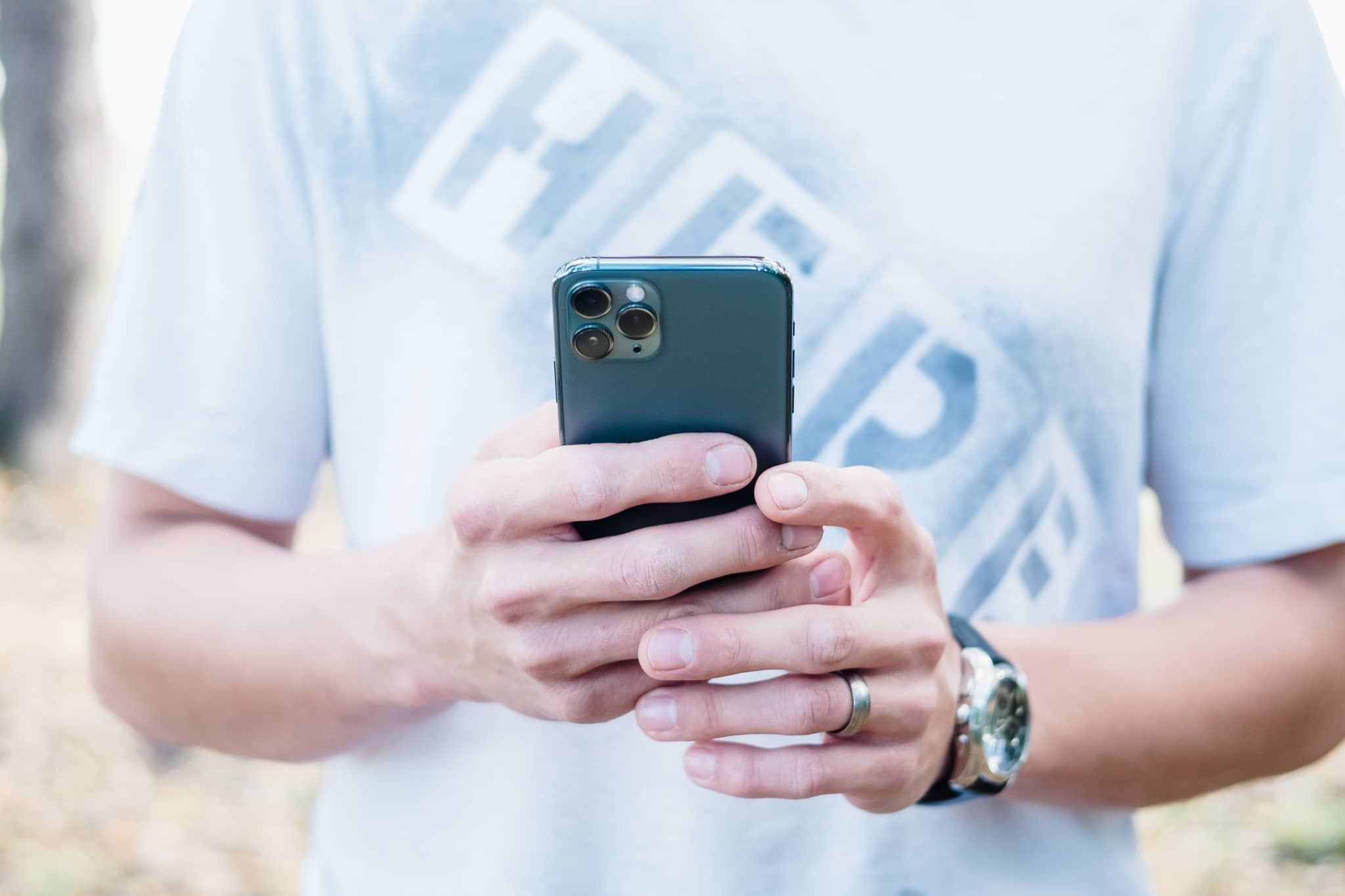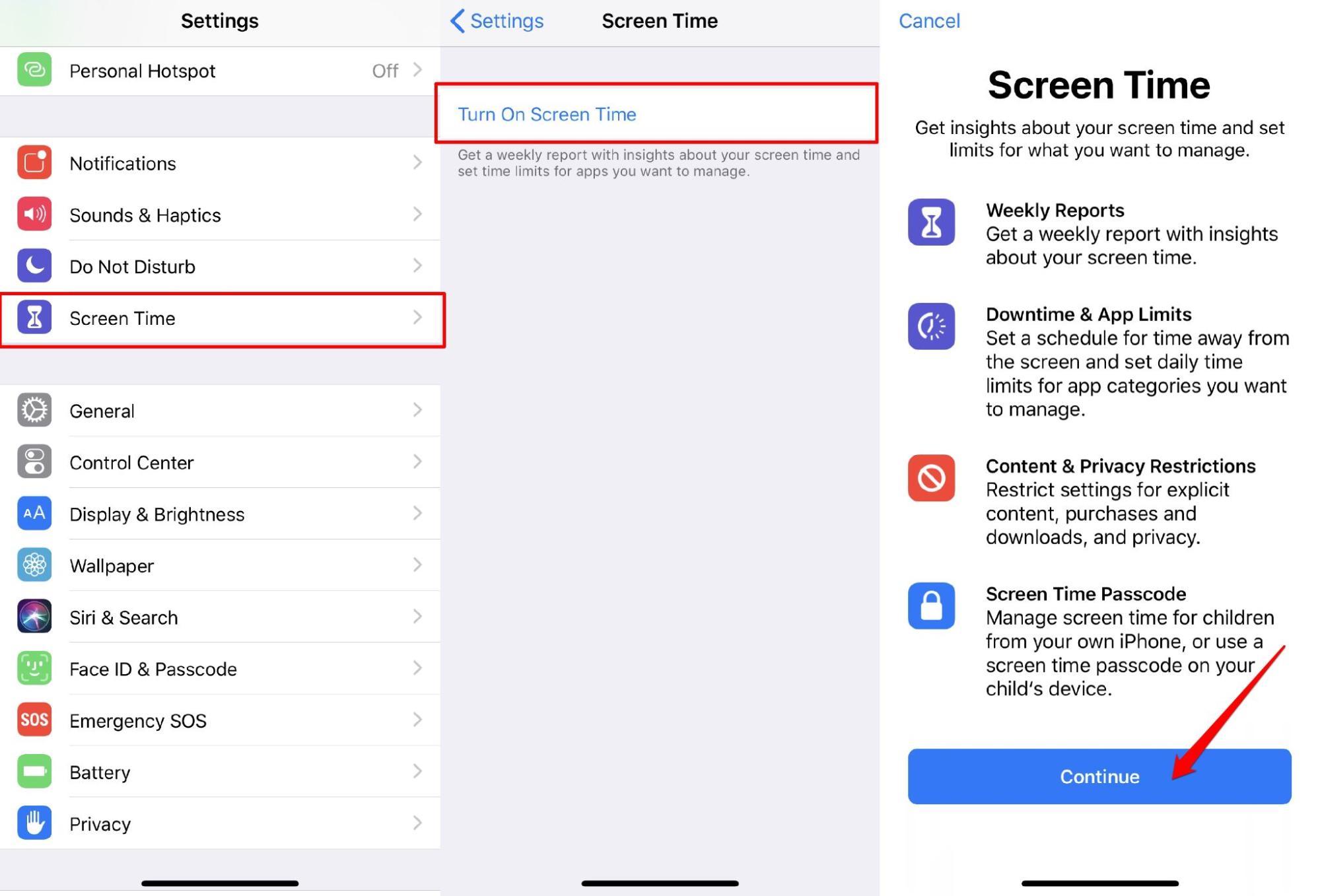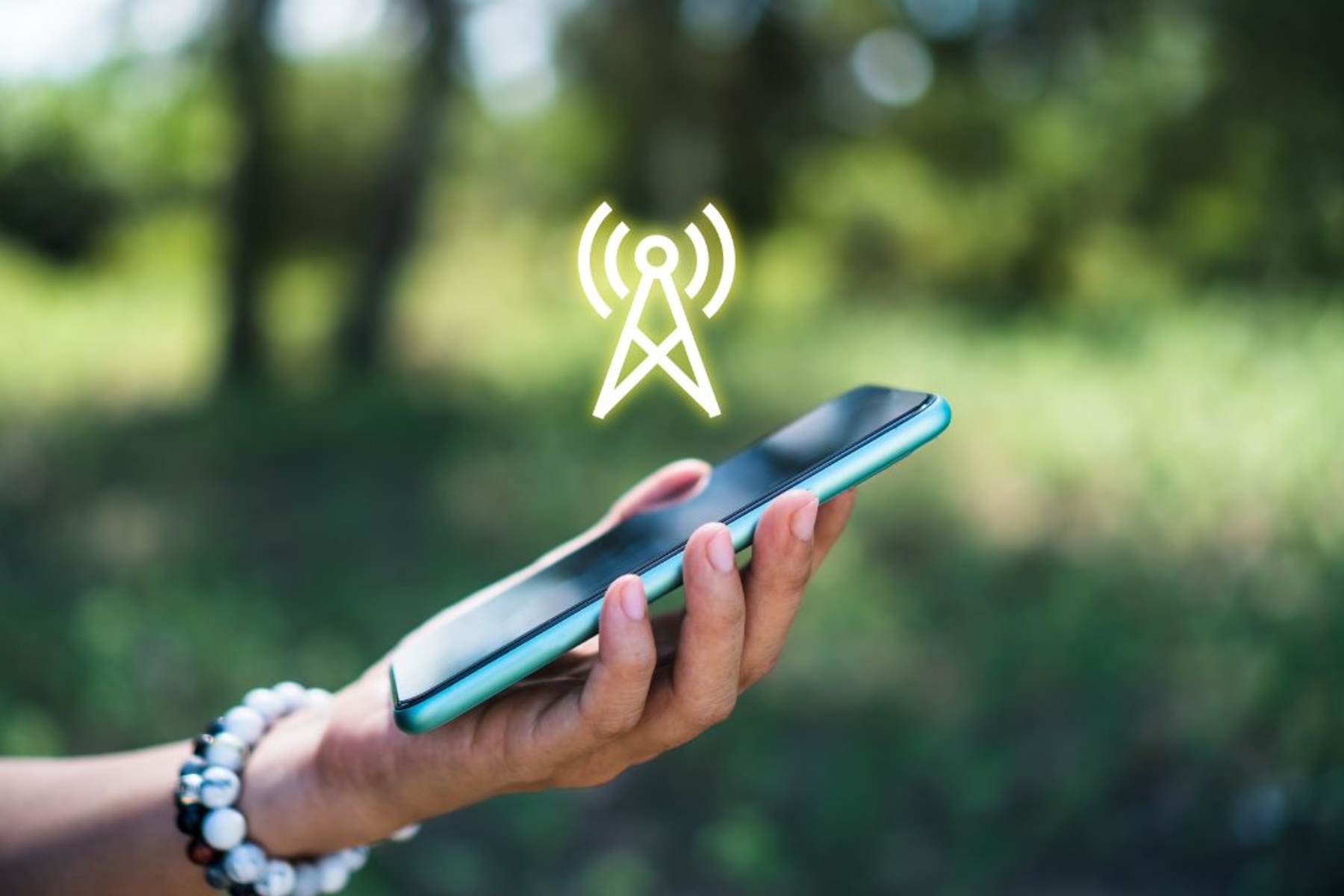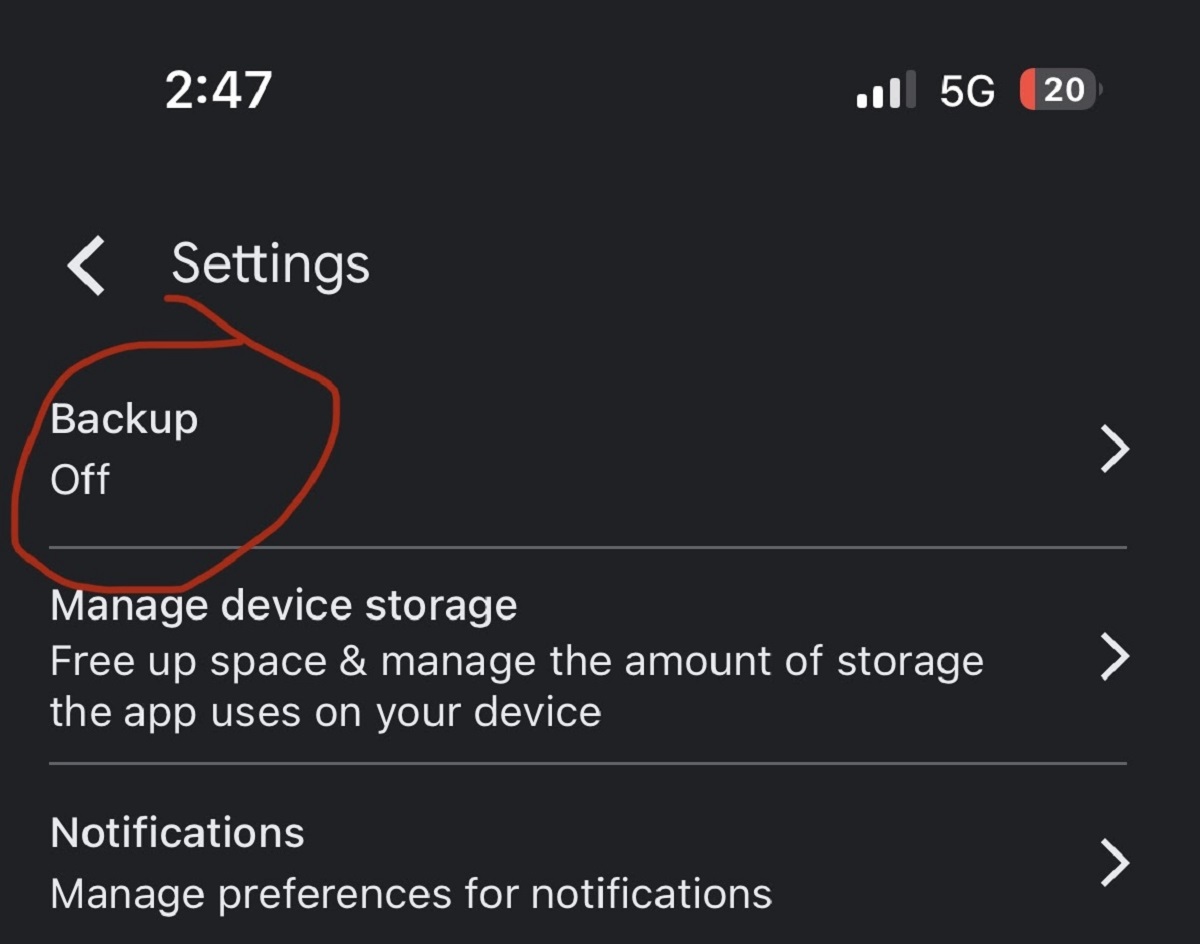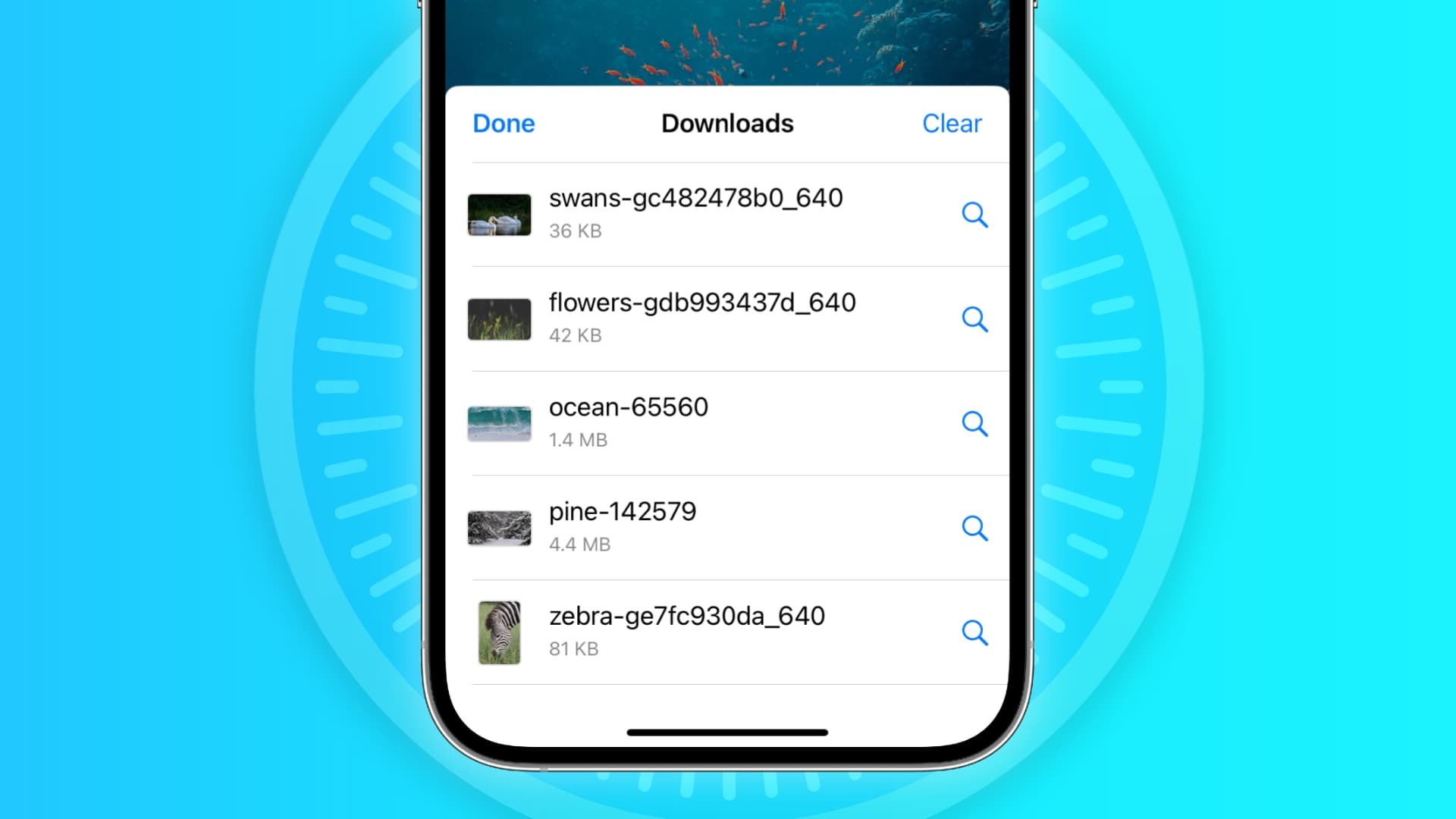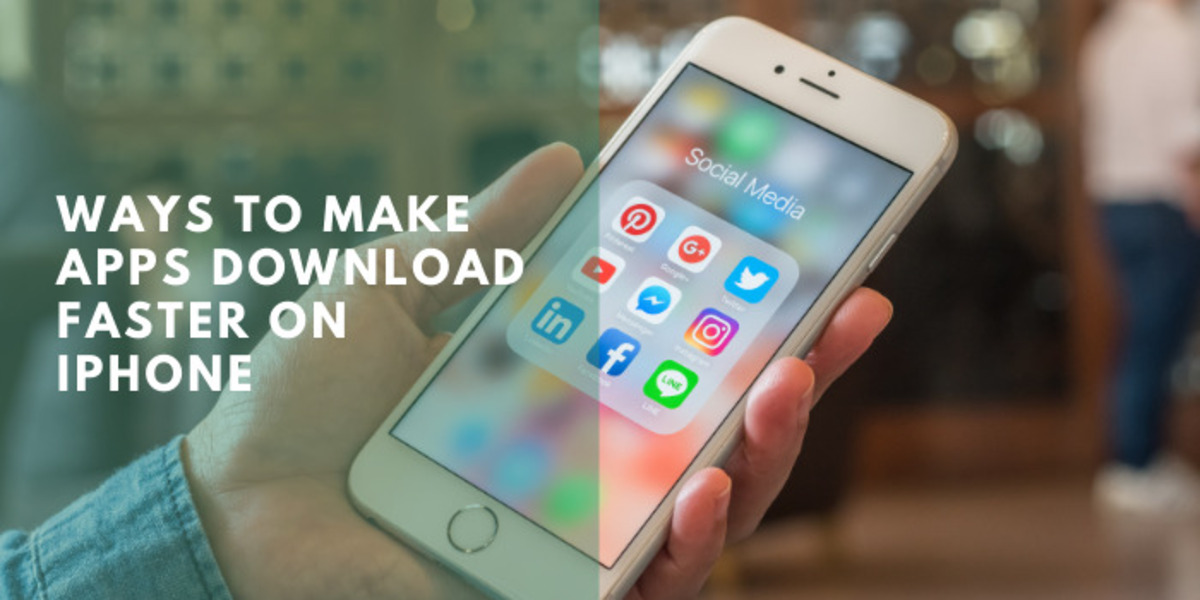Introduction
Welcome to this guide on how to disable app downloads on your iPhone. Sometimes, you may find it necessary to restrict access to app installations on your device, whether it’s to limit app usage for yourself or someone else. Fortunately, there are several methods you can use to accomplish this. In this article, we will explore different ways to disable app downloads on iPhone.
Having the ability to control app downloads can be beneficial for various reasons. It can help manage screen time, avoid unauthorized downloads, protect sensitive information, or even prevent accidental app installations. Whether you want to restrict access to app downloads for yourself, your children, or a device used in a professional setting, the methods outlined here will provide you with the necessary steps to achieve this.
Each method we discuss offers different levels of control, so you can choose the one that best suits your needs. Whether you prefer a more temporary solution or a more permanent one, you’ll find an option that works for you. It’s important to note that some of these methods may require you to have iOS 12 or later installed on your device. With that said, let’s dive into the different methods to disable app downloads on your iPhone.
Method 1: Restricting App Downloads through Settings
One of the simplest ways to disable app downloads on your iPhone is by using the built-in device settings. Follow these steps:
- Open the “Settings” app on your iPhone’s home screen.
- Scroll down and tap on “Screen Time”. If you don’t see this option, make sure you have iOS 12 or later installed on your device.
- Tap on “Content & Privacy Restrictions”. If you haven’t set up Screen Time before, you may need to enable it before accessing this option.
- Tap on “iTunes & App Store Purchases”.
- Next, tap on “Installing Apps”.
- Select “Don’t Allow” to disable app installations completely. You can also choose the “Ask” option, which will require a passcode to authorize the installation.
- Exit the Settings app, and the changes will take effect immediately.
By following these steps, you are effectively blocking app installations on your iPhone. This method is useful if you want to temporarily restrict app downloads, perhaps to limit usage during certain times or for specific users. However, it’s worth noting that this method can be easily undone by someone with access to the device’s settings unless you also have restrictions in place for accessing the settings themselves.
Now that you know how to disable app downloads through the device settings, let’s explore another method using the Screen Time feature.
Method 2: Using Screen Time to Disable App Downloads
Another effective method to disable app downloads on your iPhone is by utilizing the Screen Time feature. Here’s how you can do it:
- Go to the “Settings” app on your iPhone.
- Scroll down and tap on “Screen Time”. If you can’t locate this option, ensure that your device is running on iOS 12 or a newer version.
- Tap on “App Limits” and then on “Add Limit”.
- Choose the “App” option.
- You’ll see a list of categories. Scroll down and tap on “App Store”.
- Set the limit to 0 minutes by dragging the slider all the way to the left.
- Tap on “Add” to apply the limit.
By setting the app limit for the App Store to 0 minutes, you effectively disable app downloads. This method provides a more robust solution as compared to the previous method, as it requires a passcode to make any changes to the Screen Time settings. It’s particularly useful if you want to enforce restrictions for a specific user or implement more stringent control over app installations.
Remember that Screen Time allows you to set limits for various app categories, not just the App Store. You can customize the limits based on your specific needs. Additionally, Screen Time provides insightful reports on app usage and enables you to manage device usage for yourself or other users, making it a great overall tool for managing screen time on your iPhone.
Now that you know how to disable app downloads using Screen Time, let’s explore the next method that involves enabling parental controls.
Method 3: Enabling Parental Controls to Prevent App Installations
If you’re looking for a more comprehensive and customizable solution to disable app installations on your iPhone, enabling parental controls is the way to go. Here’s how you can do it:
- Navigate to the “Settings” app on your iPhone.
- Scroll down and tap on “Screen Time”. Ensure that you have iOS 12 or a later version installed on your device for this feature.
- Tap on “Content & Privacy Restrictions”. If you haven’t set up Screen Time before, you may need to enable it before accessing this option.
- Toggle the switch next to “Content & Privacy Restrictions” to enable it.
- Tap on “iTunes & App Store Purchases”.
- Tap on “Installing Apps” and select “Don’t Allow”.
- Additionally, you can adjust other settings under “Allowed Apps” to further restrict access to certain features or content on the device.
- Exit the Settings app to save the changes.
Enabling parental controls provides a more extensive level of restriction and customization. It allows you to not only disable app installations but also control access to other apps, features, and content. You can set up a passcode to prevent unauthorized changes to these settings, providing an added layer of security.
With parental controls, you can also manage app purchases, in-app purchases, and explicit content. This feature is particularly useful if you’re sharing your device with others, such as children, and want to ensure that only appropriate apps and content are accessible.
Now that you know how to enable parental controls to prevent app installations, let’s move on to the next method, which involves disabling the App Store completely.
Method 4: Disabling the App Store Completely
If you want to go even further and completely disable the App Store on your iPhone, you can follow these steps:
- Open the “Settings” app on your iPhone.
- Scroll down and tap on “Screen Time”. Make sure you have iOS 12 or a newer version installed.
- Tap on “Content & Privacy Restrictions”. If you haven’t set up Screen Time before, you may need to enable it before accessing this option.
- Toggle the switch next to “Content & Privacy Restrictions” to enable it.
- Tap on “iTunes & App Store Purchases”.
- Tap on “Deleting Apps” and select “Don’t Allow”.
- Tap on “Installing Apps” and select “Don’t Allow”.
- Exit the Settings app to save the changes.
By disabling the App Store completely, you ensure no new apps can be downloaded or installed on your iPhone. This method is useful if you want to have a device strictly for specific tasks or if you wish to limit app usage entirely.
It’s important to note that disabling the App Store does not remove any existing apps from your device. However, you won’t be able to update or download new apps until you re-enable the App Store.
Keep in mind that if you want to re-enable the App Store or make any changes to the screen time restrictions, you’ll need to enter the passcode set during the setup process. This ensures that only authorized users can modify the restrictions and app installations.
Now that you know how to disable the App Store completely, let’s summarize the different methods we’ve discussed.
Conclusion
Controlling app downloads on your iPhone can be crucial for managing screen time, enforcing restrictions, and maintaining security. In this guide, we explored four different methods to disable app installations and downloads on your iPhone.
First, we discussed how you can restrict app downloads through the device settings, providing a simple and temporary solution. Next, we explored using the Screen Time feature to set app limits and disable app downloads. This method offers more control and customization options for managing screen time and app usage.
We then looked at enabling parental controls, which provide comprehensive restrictions not only for app installations but also for other features and content on your device. This method is ideal for ensuring appropriate usage and controlling access for shared devices.
Lastly, we discussed disabling the App Store completely to prevent any app installations or updates. This method is suitable for creating a highly restricted environment where app usage is strictly controlled.
Ultimately, the method you choose depends on your specific needs and requirements. Whether you want a temporary restriction or a more permanent solution, these methods provide you with options to disable app downloads on your iPhone.
Remember to consider the implications of each method and to set up appropriate passcodes or restrictions to ensure the desired level of control and security. By effectively disabling app downloads, you can have better management of your device’s usage, protect sensitive information, and create a more focused and secure digital environment.
Now that you have the knowledge and tools to disable app downloads on your iPhone, you can implement the method that best suits your needs and enjoy a more controlled and secure app experience.







